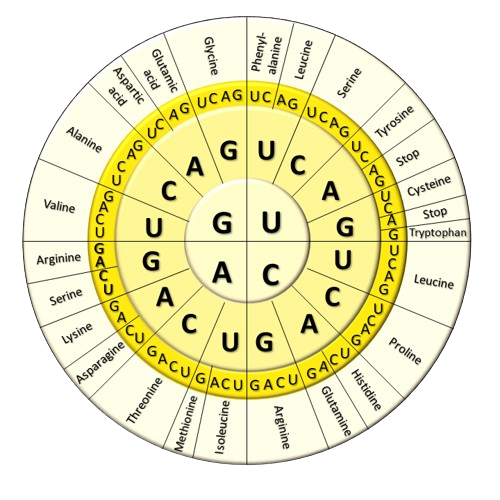The answer is yes and no.
Microevolution is a fact, and
Macroevolution is a theory.
There is a difference between fact and theory. Fact in science is considered established when numerous scientists, in many different ways, have repeatedly observed a cause-event relationship. In addition, when based on that observation, similar future events could be accurately predicted in the presence of that cause. Newton’s law of gravity is such a fact. (However, one might argue that even the law of gravity couldn’t be a fact for a possible universe where the law of gravity doesn’t work. But, let us keep the discussion in our universe.)
Check, for example, the definition of fact given by Naitonal Center of Science Education (NCSE) (1):
Fact: In science, an observation that has been repeatedly confirmed and for all practical purposes is accepted as “true.” Truth in science, however, is never final and what is accepted as a fact today may be modified or even discarded tomorrow.
A theory, on the other hand, is defined by NSCE as follows-
Theory: In science, a well-substantiated explanation of some aspect of the natural world that can incorporate facts, laws, inferences, and tested hypotheses.
Hence, microevolutionary events and, therefore, microevolution are facts. Because, this can be observed and had been repeatedly observed by numerous scientists by different scientific methods.
On the other hand, macroevolutionary events are, by definition unobservable. Because you can’t observe these events over millions of years of time. All the evidence for macroevolution is indirect inferences from different disciplines. The majority of these evidences is based on homology, either anatomic, developmental, or molecular. Unfortunately, most often, phylogenetic trees based on molecular and anatomic (fossil) similarities DO NOT converge (i.e., do not point to a single unequivocal origin for different species). Hence, macroevolution is not a fact. At best, it can be claimed as a theory with lots of indirect (speculative) evidence.
Also, we can not predict any macroevolutionary event based on the current evidence. Even if we could predict, we would not be able to observe macroevolutionary changes. Because, that would require at least thousands of years. However, macroevolutionary changes could be easily observed in the bacteria. If you can observe a bacteria change to a different bacteria over tens of years, you could easily prove macroevolution. Because in the case of bacteria, where the reproductive rate is much higher, even small number of microevolutionary changes could change the bacteria’s structure to produce new bacterial species over a relatively shorter period. However, even the long-term evolution experiment of Richard Lenski’s team (2) was unable to produce a new ‘bacteria’ from the existing one. At best, they were able to activate a silent gene in a relatively constrained environmental (evolutionary) pressure, which could be easily assumed to have happened due to natural genetic engineering, a theory explained by James Shapiro (3).
Ref:
